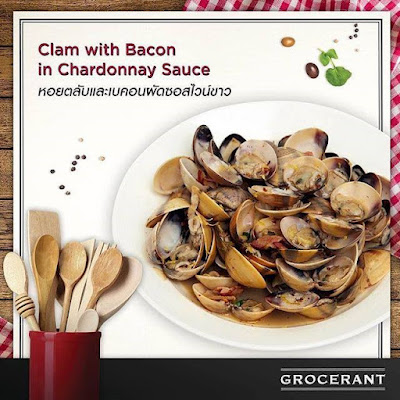In 2024, dining habits in America have continued to shift,
revealing significant trends not only in where but how consumers make their
meal decisions according to Steven Johnson the Grocerant Guru® at Tacoma, WA
based Foodservice Solutions®.
The latest study from US
Foods shows evolving patterns in both dining out and takeout preferences,
yet the real story lies in the consumer migration toward non-traditional points
of distribution for meal solutions, an insight critical to the future of the
grocerant model.
Key Takeaways from the 2024 Diner
Dispatch:
·
55% of Consumers
Prefer Dining Out: Socializing and atmosphere are
driving more consumers to dine at restaurants in 2024 compared to 2023.
·
QR Code Menus
Decline: Across generations, printed menus
are making a strong comeback, preferred by 90% of diners in 2024, up from 74%
in 2023.
·
Monthly Dining Spend
Climbs to $191: Driven by inflation and increased
frequency of dining out, this reflects a shift toward more premium dining
experiences.
But this narrative only scratches the surface of how
consumers are increasingly turning to alternative meal solutions.
The Migration to Non-Traditional
Points of Distribution
As consumers redefine “where to get dinner,” convenience
and flexibility are key. While traditional restaurants still dominate, a
growing number of consumers are opting for non-traditional sources for their
meals—be it grocery stores with ready-to-eat options, meal kits, or the
expanding world of grocerants, where restaurant-quality meals meet grocery
store convenience. In fact, this shift is largely driven by lack of dinner
planning. Studies show that only 33% of consumers know what they will
have for dinner by noon, and by 4 PM, a staggering 69% still haven’t
decided. This “what’s for dinner” dilemma creates a massive opportunity for
grocerants and other non-traditional distributors.
Dining Trends: Evolving Habits in 2024
1.
Atmosphere Matters: A key driver behind the preference for dining out remains
the overall experience, with 66% of consumers citing atmosphere and
socialization as major factors. This is where grocerants come in—blurring the
line between casual dining and grocery store convenience, offering a dine-in
atmosphere or the ability to grab-and-go a restaurant-quality meal for home.
2.
Spend is Rising: Consumers’ dining habits are reflecting both inflation
and a deeper engagement with higher quality options. The average monthly spend
on dining out in 2024 jumped to $191, up from $166 in 2023. Grocerants and
convenience stores that elevate their prepared food offerings can tap into this
willingness to spend more for premium, convenient meals.
3.
Takeout’s Continued
Dominance: Though dining out is still preferred
for social occasions, 65% of consumers choose takeout over delivery, a
clear indicator that convenience remains king. Grocerants, with their
quick-service meals, are perfectly positioned to meet this demand for quality
meals without the wait.
Grocerant Guru’s Strategic Suggestions
for Incremental Success
1.
Capitalize on Impulse
Decisions: With 69% of consumers still
undecided on dinner by 4 PM, grocerants and convenience stores should enhance
in-store and digital displays that capture the impulse buyer. Quick, bundled
meal solutions such as "family meal deals" or “dinner for two”
options can provide easy answers to the dinnertime dilemma.
2.
Leverage Packaging
for the Home Meal Experience:
Packaging matters. Grocerants that package meals in a way that retains
freshness and quality for the at-home dining experience will differentiate
themselves from traditional takeout. This ties into the broader movement where
consumers seek a restaurant-like meal but in the comfort of their homes.
3.
Expand
Non-Traditional Distribution Points:
With consumers increasingly visiting grocery stores for meal solutions,
grocerants can extend their brand by offering ready-to-eat meals at even more
points of sale—think partnerships with local businesses, gas stations, and even
gyms, where time-pressed consumers are looking for meal options.
The future of “where to get dinner” is shifting rapidly,
and those in the grocerant and convenience sectors have a prime opportunity to
capture the growing market of consumers migrating toward non-traditional points
of meal distribution. By tapping into these trends and offering fast,
convenient, and high-quality meal solutions, grocerants can become the go-to
destination for dinner decisions made on the fly.
Invite Foodservice
Solutions® to complete a Grocerant ScoreCard, or for product positioning or
placement assistance, or call our Grocerant Guru®. Since 1991 Foodservice Solutions® of Tacoma, WA has been the
global leader in the Grocerant niche. Contact: Steve@FoodserviceSolutions.us or 253-759-7869




.jpg)


No comments:
Post a Comment